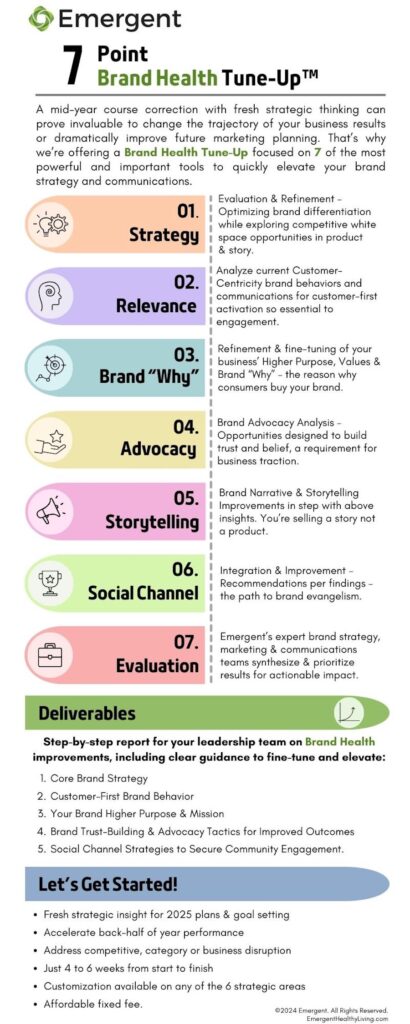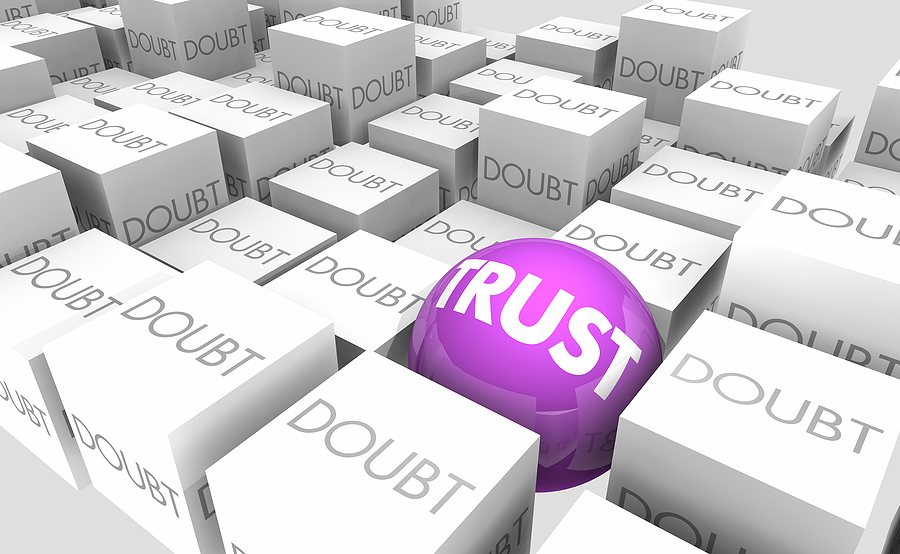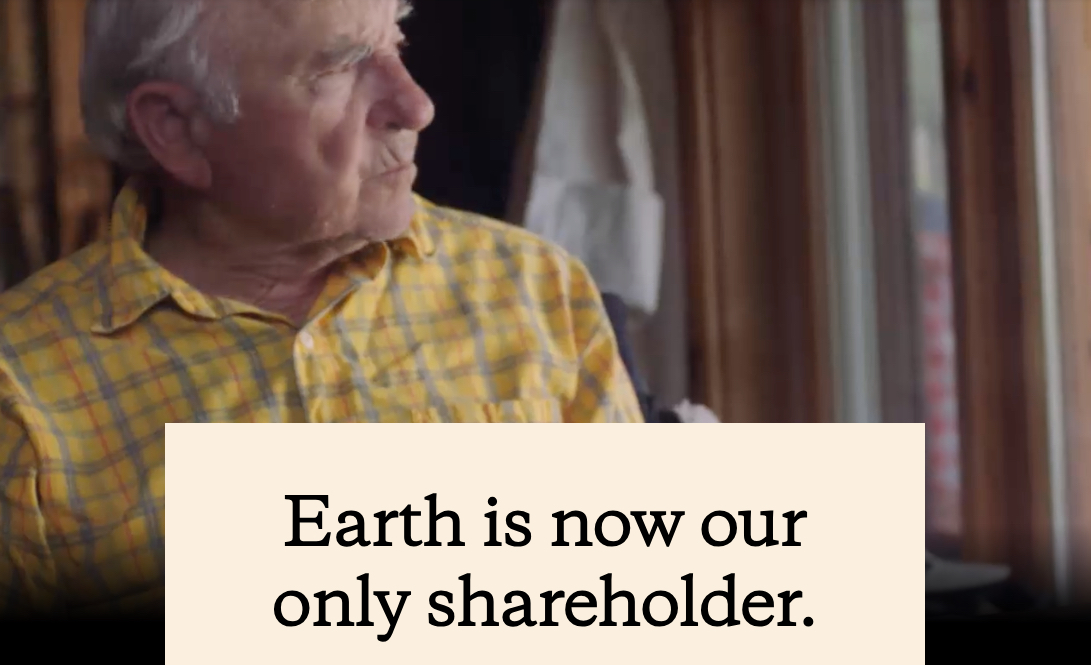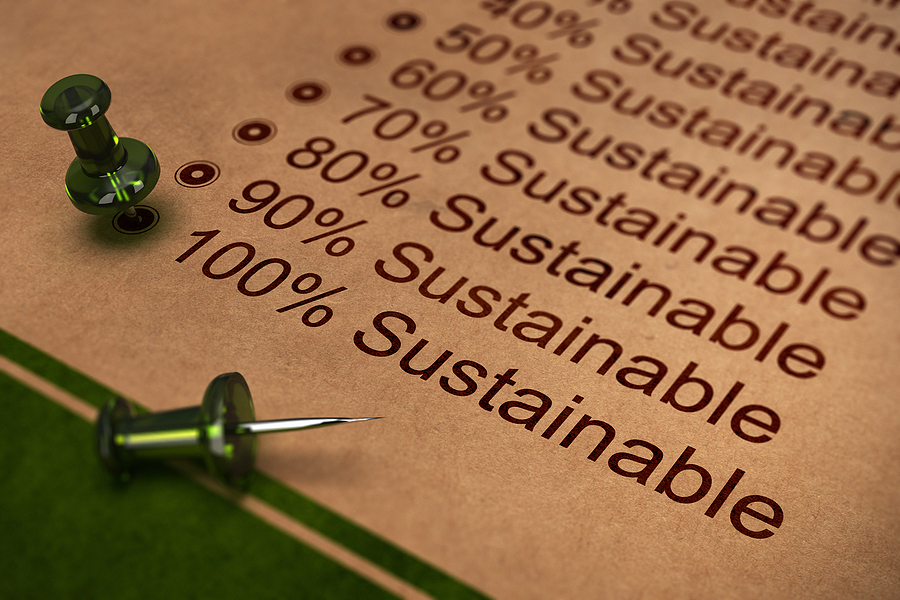Why is it evaporating in CPG and retail brand building?
Your customers want to be part of a brand world and ecosystem you construct through conscious cultivation of your brand’s deeper meaning, higher purpose, convictions and expressed values. Never before have CPG and retail brands had this extraordinary opportunity to build such close and endearing user relationships because our culture — and consumer behavior with it — has permanently changed. Yet far too many organizations struggle with this, or ignore it, because they have inadvertently lost, diluted or forgotten their own soul. Yes, brands indeed have a soul.
- In the absence of a clearly wrought and codified “brand constitution,” too many compromises amidst the battles of year-to-year commerce and the inevitable maturation of category rules and conventions, work to chip away at this essential brand foundation.
In the go-go 80’s and early 90’s prior to arrival of the Internet and the power transfer from corporations to consumers, much of the dialogue in brand building had a distinct military flavor to it, with brands seeking to dominate their categories, erect barriers to entry and defend their territory through command-and-control tactics. Vestiges of this thinking still remain, despite the evidence that consumer-to-brand relationship creation has transformed. In this milieu, too often the disciplines of soul nurturing are circumvented by surface level attempts to bolt on shiny imagery and applied marketing lipstick that glosses over a baked in priority for commerce metrics and transactional behaviors over consumer-relevant strategic thinking.
Building, codifying, prioritizing and delivering on the levers of brand soul are indeed vital and essential to sustainable growth in the modern consumer-powered era. People are far more interested in and attracted to your “why” (values, purpose, beliefs) than either what you do or how you do it — no matter how enamored you may be of your superior product mouse trap.
How a brand’s soul gets buried
As virtually every business category grows and matures, an implicit set of rules and boundaries begin to arise, informed by consumer and retail customer expectations, competitive actions, regulatory requirements and industry standards of conduct. These conditions tend to push all category participants towards the middle resulting in comparable product offerings, features, benefits and pricing. Over time this includes growing similarity in business practices, supply chain standards and even manufacturing processes.
The not-to-be-taken-lightly threat that incubates in this environment is the ceaseless, endless and rust-advancing march of commoditization. The condition that compels category players to emphasize scale over other considerations as they pursue efficiency gains, enforce retail leverage and bolster thinning margins.
Commoditization has already taken root in cell phones, computers, hotels, airlines, cars and many food and beverage categories – and in doing so, opportunities for innovative, soul-inspired disruptors are unleashed to move in and gain marketplace traction.
In sum, over time…
- Meaningful differentiation can dissipate
- Marketing leverage based on budget tonnage in spending eventually starts to post diminishing returns
- Brand soul and purpose recedes into the background amidst commoditization pressures
- Increasing similarity rules the day among category participants
- Businesses begin to focus on price promotion to achieve volume goals
Whole Foods was once a champion of purpose and meaning, its business model informed by advancing the organic movement, education around same and the firm belief foods produced this way ultimately contribute to the improved health, wellbeing and happiness of people and the environment. Since its acquisition by Amazon the belief system has receded, and in its place traditional supermarket merchandising mechanisms like PRIME promotions are driving the brand story.
Meaning and values were at one time the insulation and inoculation for Whole Foods’ higher pricing and the value proposition underneath it. Now the banner faces more competition and pricing pressures because the belief system is no longer the tip of the brand spear. Further the adoption of organic brands and sections within mainstream supermarkets serves to commodify the uniqueness of Whole Foods’ differentiation and so the advantages of its original specialness atrophies.
- Soul is the engine that drives brand separation and elevation with consumers who actively pursue and are attracted to deeper meaning and values-leaning strategies.
Symbols can tell the tale
Consumers are remarkably adept at reading the room. We immediately understand the cues, signals, icons and images that explain what and who we’re dealing with, where we are, how to behave and what to expect from a brand.
- What signals is your brand transmitting?
- Are you sending the right message?
- Do your values come through in the symbolism you generously (or not) display through every point of consumer contact?
Brands informed by their soul are always focused on fulfilling consumer need, dreams, expectations, desires and growth. They are also unafraid to express views on societal issues that consumers care about such as sustainability, environmental responsibility and the wellbeing of disadvantaged people.
Soul signals and consumer-centricity
Brand soul and higher purpose tends to fall from a deep understanding and preoccupation with supporting consumers on their life journey. This manifests from genuine care and consideration for their welfare and personal growth while also helping people realize their hopes and dreams.
It is in those dreams and aspirations that we find an emotional anchor for storytelling that moves people to embrace and join your brand ecosystem. Every human, every day wishes for progress and improvement. Are you actively helping them on their journey to grow?
From:
Unhealthy to healthy
Good to great
Weak to strong
Lonely to popular
Confused to wise
Invisible to recognized
Novice to expert
Poor to secure
Plain to fashionable
Make no mistake, to be human is to be emotional. However, brands without a soul-led code of conduct tend to talk endlessly about themselves and product features rather than enablement and celebration of consumer passions. In doing so the brand story is likely to be fact-dense and analytical, despite the reems of research confirming people won’t burn the mental calories to decipher that kind of messaging. People simply are just not fact-based, analytical decision-making machines.
How do you know if you’re succeeding? When consumers can state with clarity what your brand stands for, its meaning and purpose.
A powerful tool at your disposal: surprise and delight
Do the unexpected. In his book Unreasonable Hospitality, restaurateur and author Will Guidara tells the tale of a table of New York City visitors who were overheard saying they were disappointed that the following day they were leaving the city without ever having sampled a hot dog from one of the many carts that line the streets of Manhattan.
Mind you his restaurant, Eleven Madison Park, is one of the finest, most elite culinary palaces in New York. His team sprang into action sending a runner to track down hot dogs at a cart. They were ferried back to the kitchen where the chef arranged an artful hot dog presentation. The diners were blown away that the restaurant would do this without a word ever being spoken to staff about their hot dog curiosity. It was the restaurant’s soulful belief in unreasonable hospitality that brought the surprise to life.
Have you ever been to Harrod’s department store in London? If so, have you shopped in their over-the-top food hall? Harrod’s isn’t a supermarket mind you but thy indeed sell fresh and packaged foods. Their fresh fish displays are legendary for their artistry and creative arrangement of fresh fish choices.
Of course, any grocery store with vision and applied talent could do the same thing, with the goal of making their store talked about and Instagram worthy. Yet nothing of the sort happens past the layers of crushed ice surrounding rows of whatever fish is on feature.
Surprise and delight are a choice. It is a strategy. It recognizes the very human preference for artistry and empathy. Stores and brands with a clearly curated and developed soul are more likely to find this path and exploit it than those that don’t and who are more comfortable staying within the category accepted norms of behavior.
- When you’re willing to be a disruptive player you have a chance to alter the paradigm of what consumers think you are about and engineer a new and more engaging perception of your brand.
If this article has you thinking about how this could be brought to life in your business, it’s important to note you will need outside experts to help you work through the right mix of tools and messages. Use the link below to start a conversation with our team of brand soul experts.
Looking for more food for thought? Subscribe to our blog.
Bob Wheatley is the CEO of Chicago-based Emergent, the healthy living agency. Emergent provides integrated brand strategy, communications and insight solutions to national food, beverage, home and lifestyle companies. Emergent’s unique and proprietary transformation and growth focus helps organizations navigate, engage and leverage consumers’ desire for higher quality, healthier product or service experiences that mirror their desire for higher quality lifestyles. For more information, contact [email protected] and follow on Twitter @BobWheatley.






